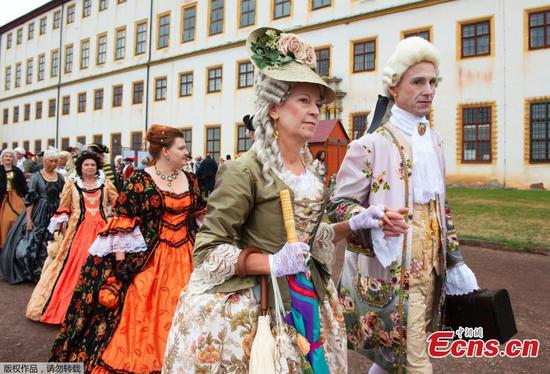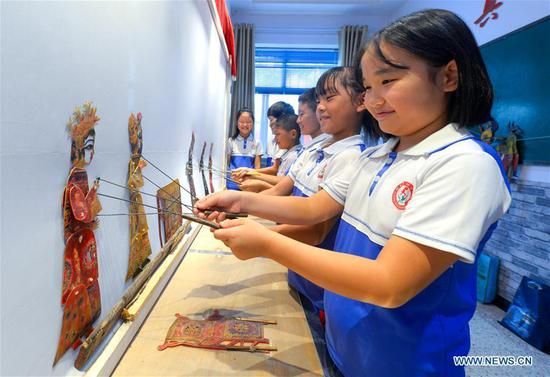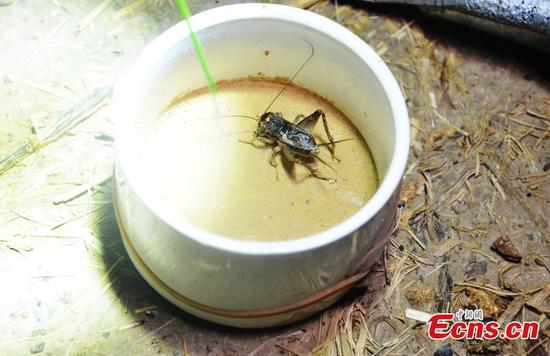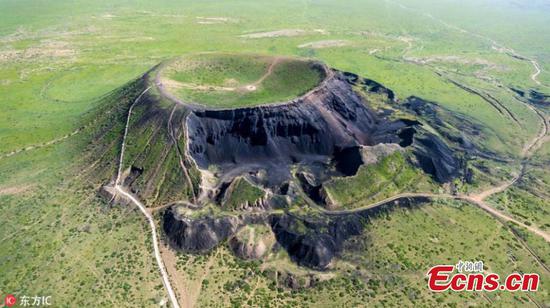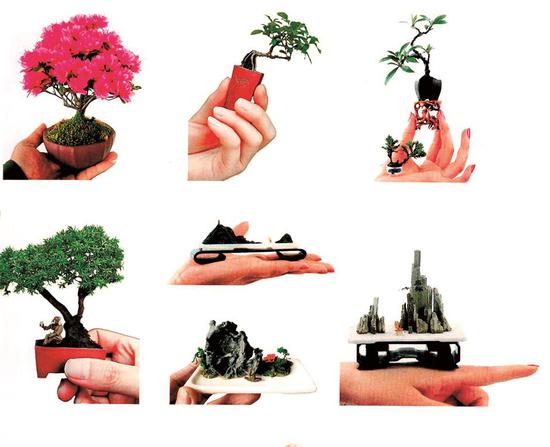On the vast land of Africa where ancient ways of nomadic lives are still alive, traditional body modifications that are emblematic of human being’s most primitive aesthetical interpretation are kept intact until today. Looking at some of the best-known examples can inform us on the development of the appreciation of beauty as a social conception.
Otjize
Otjize is a paste made of butter, fat and red ochre. Himba women of Northern Namibia apply the mixture to their skin and hair.
The hypotheses about the practice’s original purposes vary from protection against the harsh desert weather and mosquito bites to beauty enhancement.
One theory suggests that the soft orange hue exuberated from the “skin cream” is believed to resemble the color of soil and sunlight that all lives are in debt to.
Tradition of scarification
Except for the plastic water containers, hardly worn T-shirts and AK47 assault rifles that are used to safeguard live stocks and families, the Nomadic way of life in the Lower Omo Valley in southern Ethiopia has been kept mostly untouched from the industrial world.
Among the tribes active in the region, Karo probably has the smallest population of no more than 2,000. But its tradition of body and face painting is undoubtedly one of the best-known worldwide.
Using paint made of white chalk, yellow mineral rock, iron ore and charcoal, the Karo do not just randomly cover their bodies with color. Basic visual elements such as dot and stripe are carefully arranged on the skin to convey different meanings, as complicated as to demonstrate courage, confidence or to look more attractive.
The decoration goes “further” than skin deep. The Karo also carve patterns out on their bodies. For the tribesmen, in particular, these special marks are recognition of their bravery, witnessed either from battling against the enemy or taming dangerous animals.
With the rich cultural phenomena of which Karo’s body decoration is a valued part, the Valley has been named as UNESCO’s World Heritage Site in 1980.
Lip Plate
Urban viewers may find it disturbing to pierce one’s lip skin and embed a piece of plate in the hole thus created. The shared public memory of the practice worldwide has been brought back by the 2018 Marvel Studio film Black Panther. The combination of advanced modern technology and the ancient practice must have created a unique experience for cinemagoers.
The practice of inserting lip plate or disc is not limited to Africa, had been found on other continents as well. But the custom observed in Mursi society of Ethiopian is probably among the best documented and researched.
The tradition is exercised on teenage Mursi girls when she reaches the age of 15 or 16, often by her female relatives. A wooden plate would be lodged in the wound cut as soon as it heals. The size of the disc is as much of a personal choice as it depends on how far her lip skin can stretch.
Anthropologists have developed theories on the origin of the practice such as a statement of wealth, or to repel slave traders, but debates remain. One theory suggests that the custom among the Mursi could be an expression of social adulthood and reproductive potential. Additionally, the practice does not look compulsory as many girls have been married without the decoration.









